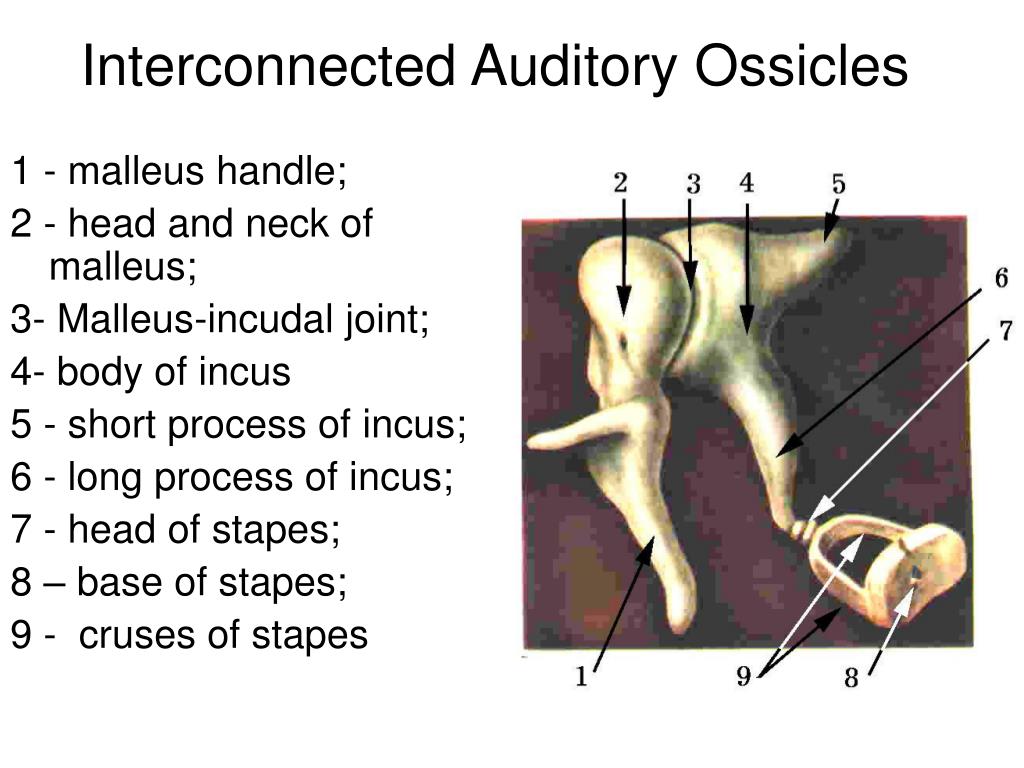

In fact, the cranial end of the second pharyngeal arch forms an independent anlage, which develops into a superior and an inferior part. While malleus and incus develop from the first pharyngeal arch, the stapes which is the smallest bone in the human body has two embryologically distinct parts. Damage or deformation of the ossicular chain lead to conductive hearing loss 3. The ossicles are located in the air-filled middle ear and serve for transmission of sound-induced mechanical vibrations from the eardrum to the oval window of the fluid-filled cochlea 2. The human auditory ossicles malleus, incus and stapes present with their final morphology at birth, while in later life decades only minor morphological changes occur 1. With osteocyte apoptosis potentially being a consequence of low mechanical stimuli, the early loss of osteocytes without initiation of bone remodelling indicates an adaptive response conserving the architecture of the auditory ossicles and ensuring stable sound transmission throughout life. The majority of these changes took place in the first months and years of life, while afterwards only minor reorganization was present. We detected characteristics of early bone tissue aging, such as decrease in osteocytes, lower total lacunar density and lacunar area, as well as high matrix mineralization accompanied by distinct accumulation of micropetrotic lacunae and decreased indentation depths. No signs of bone remodelling were observed above the age of 1 year. Mineralization of the bone matrix was determined using backscattered electron imaging. Here we analysed the frequency, size and composition of osteocyte lacunae in the auditory ossicles of 22 individuals from early postnatal period to old age. In human auditory ossicles, the early decrease in osteocyte numbers but maintained integrity remains an unexplained phenomenon that might serve for sound transmission from air to the labyrinth. A preserved osteocyte population is a crucial determinant of bone quality.

The primary emphasis is on human development.Within the mineralized bone, osteocytes form a multifunctional mechanosensitive network orchestrating bone remodelling. The present article traces the history of investigations into the early development and origin of the auditory ossicles, providing extensive translations wherever possible. Inevitably, errors crept into the historical reviews of the subject as translations were quoted and requoted without fresh reference to the original sources. With the exception of a few articles, all of the relevant material was written in the German language, and subsequently there have been no extensive translations of the important studies into English. The subject has been a controversial one, and there have been almost as many opinions as investigators. Historical Introduction Since Johann Friedrich Meckel wrote his Handbuch der menschlichen Anatomie in 1820, scores of investigators have examined the development of the ossicles and tried to solve the riddle of their origin.


 0 kommentar(er)
0 kommentar(er)
